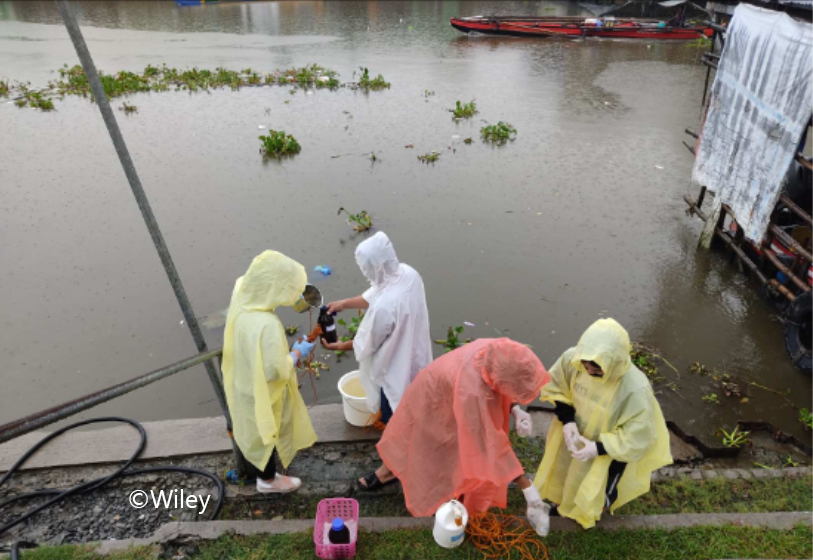High concentrations of endocrine-disrupting compounds from domestic wastewater and industrial effluents have been detected for the first time in major rivers in Mega Manila
06 Mar 2024

Endocrine disrupting compounds (EDCs) are environmental contaminants of emerging concern due to their possible health effects on humans and aquatic organisms. Fifteen sampling sites in Marikina River, Pasig River, Angat River, and Pampanga River were studied to determine the occurrence of EDCs. The hormone estrone and the plasticizer bisphenol A were detected in the rivers. The alkylphenols nonylphenol and octylphenol were also detected. Generally, higher concentrations of these EDCs were found in Marikina River and Pasig River in Metro Manila than in Angat River and Pampanga River in the nearby provinces. The EDC contamination in the rivers is attributed to discharge of domestic wastewater and industrial effluents. The concentrations of EDCs in the rivers in Mega Manila are lower than those reported in India but higher than in other Asian countries. It is necessary to monitor contamination in these rivers as EDCs may be carried through the rivers and therefore impact the water quality of receiving waters like Manila Bay. The detection of these EDCs in environmental waters in the Philippines is necessary for the formulation of guidelines and policies that will limit their release to the environment.
This research is the first to report the presence of EDCs in major rivers in Mega Manila. Included in the study are economically important water bodies in the region. The determination of the environmental concentrations of EDCs in the rivers is important to effect precautionary measures such as creating guidelines and policies that will limit release of the contaminants in environmental waters. There are limited studies on contaminants of emerging concern in lakes and rivers of the Philippines. Hence, the findings of this research will contribute to scientific knowledge on the current status of contamination.
Authors: Katrina Marie Sta. Ana, Kate Coleen Galera and Maria Pythias Espino (Institute of Chemistry, College of Science, University of the Philippines Diliman)
Read the full paper: https://setac.onlinelibrary.wiley.com/doi/10.1002/etc.5778
